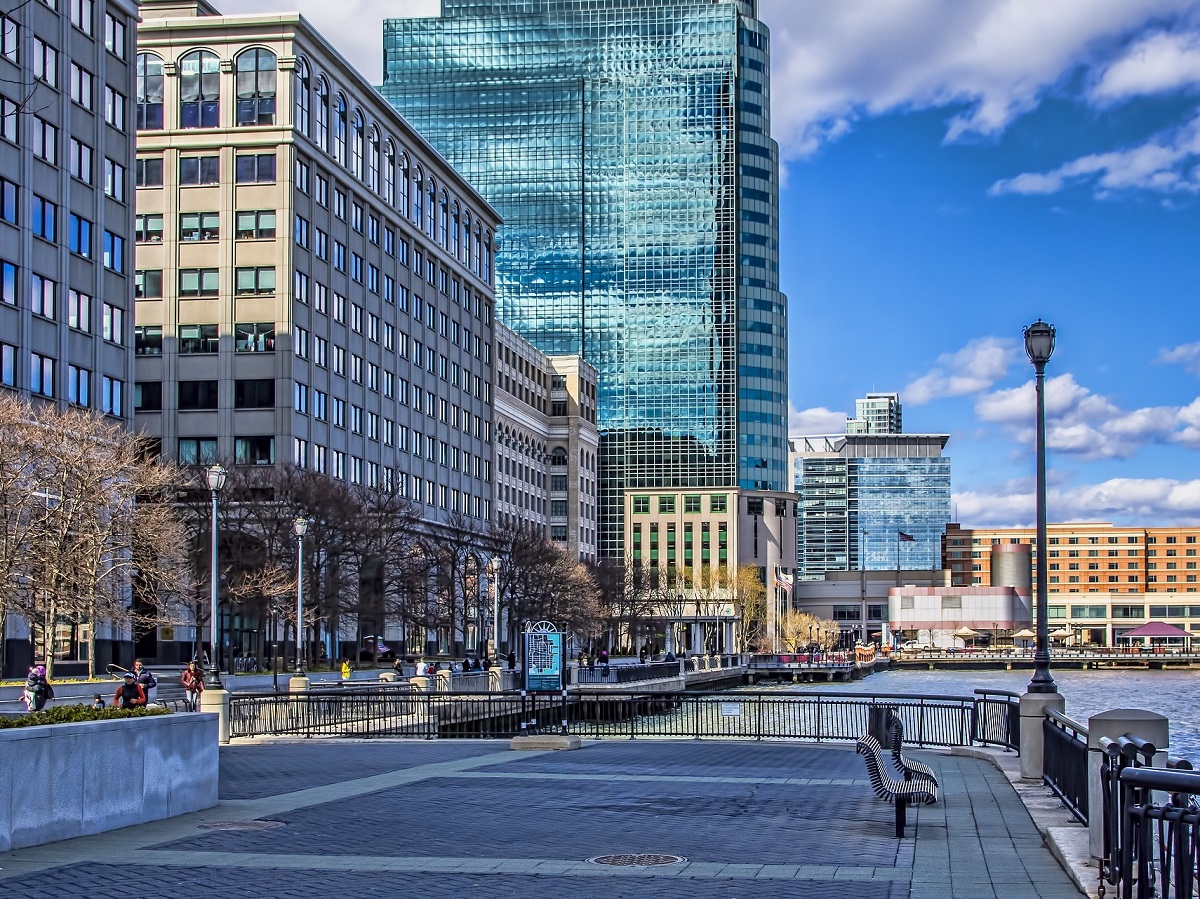How Is New Jersey’s Office Market Holding Up?
Insights on what’s next for the rapidly evolving region from James Postell, city leader & partner at Transwestern.
The New Jersey office market has been heavily impacted by the pandemic, ending 2020 with a dramatic decline in leasing activity and the highest vacancy rate since 2014, according to a recent Transwestern report. However, medical and life sciences companies kept the market’s engine running, bolstered by the race to develop a COVID-19 vaccine. The state has the highest concentration of scientists and engineers per square mile in the nation, and, with the pandemic still unfolding, this combination of factors will solidify its status as a hotbed for the life sciences industry in the coming years.
Even before the pandemic hit, an increasing number of real estate owners and investors were exploring the redevelopment of office properties which, combined with the recently passed New Jersey Economic Recovery Act, will likely attract and retain business going forward. James Postell, city leader & partner at Transwestern, talks about the market’s shifting dynamics and the changes we’re likely to see in 2021 and beyond.
READ ALSO: Repositioning Commercial Buildings Into Life Science Facilities
Tell us about the major changes the New Jersey office market underwent last year.
Postell: For most of the year, the majority of the employment base that normally works in an office building worked from home. Being the early epicenter of the pandemic, the New York metro was locked down for a longer period than most areas of the country, severely impacting the ability to conduct business. Property owners, managers, leasing companies and tenants spent much of the year making the necessary health and safety upgrades to prepare offices for reopening.
According to a United Van Lines report, New Jersey has recorded an outbound resident total of 70 percent since the pandemic hit. Furthermore, the Transwestern report mentions that 15 of the state’s submarkets experienced occupancy losses during 2020. What areas were the most affected?
Postell: Vacancy increases were spread throughout the region, largely due to corporate consolidations. Further into the pandemic, in the second half of 2020, more companies began to assess their real estate needs, downsizing operations and listing some unused space on the market for sublease.
What do you think will happen to the vacant office buildings? New York Gov. Andrew Cuomo endorsed converting vacant commercial space into housing. Do you think the same trend will follow in New Jersey, as well?
Postell: Office-to-housing conversions are already in progress in New Jersey. More office space will likely be built-out for medical use to accommodate the growing health-care sector. Also, in the right locations, office buildings will be converted to industrial properties. This has been occurring to some extent in the past few years. Some properties will likely remain office space while being retrofitted to add a mixed-use component.
What can you tell us about the New Jersey Recovery Act? Do you think it will be successful?
Postell: The new programs are modified versions of the previous legislation. While likely to have more restrictions and fewer awards, it is necessary to offer incentives in a high-tax state such as New Jersey, especially when trying to retain tenants. Also, it seems like a timely opportunity as many wealthy New Yorkers are exploring residency in affluent suburban towns, and companies from New York City may be looking across the river to open satellite offices, keeping some employees closer to home.
How does the market’s tenant blueprint look at the moment?
Postell: Its top industries are life sciences, health care, financial services, technology, transportation and logistics.
How does this affect and change current market dynamics?
Postell: New Jersey is strong in that it has an extremely diverse tenant base that is not overly dependent on one individual sector. This balance is one of the primary reasons why the state can withstand any downturn.
Medical and life sciences companies led leasing activity during the last quarter of 2020, especially in the Princeton submarket. Tell us more about New Jersey’s emerging submarkets.
Postell: Suburbs west and south of New York City were gaining popularity prior to COVID-19 due to the changing lifestyles of younger generations and that seems likely to continue. Millennials were starting families, and Generation Z may have trepidations about congested areas due to the pandemic. Younger workers will still want the amenities they enjoyed in downtowns, as well as the option to access mass transit. Therefore, vibrant suburban transit markets should remain attractive.
The life sciences and health-care sectors have always been strong in New Jersey and will continue to grow, especially in the face of the pandemic. The area known as Einstein Alley in the Princeton submarket, which fits the criteria of a suburban market with access to transit, will certainly benefit due to its highly educated talent pool.
What kind of permanent changes can we expect?
Postell: Working from home will remain an option for much of the workforce, though not likely to the extreme that it is currently. With technology now in place, flexible scheduling seems inevitable, especially for more seasoned employees and younger workers once they’ve been trained adequately and have adapted to the culture of the company.
After packing employees into offices for the past decade, dedensification could have a positive effect on the office market. The space now needed for social distancing may offset some of the deductions made as a result of people working from home.










You must be logged in to post a comment.